Camera choice is key to thermography success
14th June 2011
Source:
Ashtead Technology
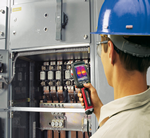
In recent years an enormous range of infrared cameras have come on to the market, but Alan Hasson from instrumentation specialist Ashtead Technology believes that this is a two-edged sword. Whilst technological developments have resulted in extremely sensitive cameras with enormous capability, choosing a camera can be a complicated process and too often the choice is simply dictated by price and budget, he says.
As a result of Alan's beliefs, his company provides technical support to ensure that customers choose the right equipment for every job. However, he says: Too often people simply buy the best piece of kit they can afford without thinking too deeply about what would suit them best. This is understandable, because they often won't know what they need until they start using the equipment.
A quick call to one of our specialists can resolve this issue and better still; we have invested in the UK's widest fleet of FLIR rental cameras so that we can make sure each rental is fit for purpose. We also offer a selection of financial packages to ensure that even those with limited budget can still get hold of the right technology.
Applications for Ashtead's thermal cameras spread across almost every industry and include condition monitoring, predictive maintenance, energy efficiency, gas detection and research.
Rising energy costs are currently a major concern for most businesses and thermal cameras are heavily employed in heat loss and energy efficiency evaluations.
Ashtead Technology’s range of FLIR cameras and accessories now includes the P-series Professional range, the B-series Building range, the T-series specifically for industrial environments and the I-series entry level range, providing customers with an instrument for virtually every requirement.
Explaining the need to pick the right camera, Alan Hasson says: “Length of project, battery life and temperature range are among the most important issues to consider.
“There are simple applications for which it is only necessary to identify cold or hot spots, so an entry-level device, such as the compact I-60 weighing just 0.58kg, is the most cost-effective. However, professional thermographers require greater detail, resolution and features such as the facility to take visual images and to record audio notes with the same instrument. Mid-level instruments from the B and T series are therefore necessary.
“At the top-end of the market we stock the most advanced thermal cameras available, offering incredible levels of resolution; the P620 for example, features a high resolution 640 x 480 infrared sensor and a large 14cm LCD display, making it ideal for in-depth research projects.
“Our overall aim is to put the right instruments into the hands of those that need them; which means that we need a large fleet of the latest technologies, a high level of technical support and a variety of financial packages that meet customers’ differing needs.”
A quick call to one of our specialists can resolve this issue and better still; we have invested in the UK's widest fleet of FLIR rental cameras so that we can make sure each rental is fit for purpose. We also offer a selection of financial packages to ensure that even those with limited budget can still get hold of the right technology.
Applications for Ashtead's thermal cameras spread across almost every industry and include condition monitoring, predictive maintenance, energy efficiency, gas detection and research.
Rising energy costs are currently a major concern for most businesses and thermal cameras are heavily employed in heat loss and energy efficiency evaluations.
Ashtead Technology’s range of FLIR cameras and accessories now includes the P-series Professional range, the B-series Building range, the T-series specifically for industrial environments and the I-series entry level range, providing customers with an instrument for virtually every requirement.
Explaining the need to pick the right camera, Alan Hasson says: “Length of project, battery life and temperature range are among the most important issues to consider.
“There are simple applications for which it is only necessary to identify cold or hot spots, so an entry-level device, such as the compact I-60 weighing just 0.58kg, is the most cost-effective. However, professional thermographers require greater detail, resolution and features such as the facility to take visual images and to record audio notes with the same instrument. Mid-level instruments from the B and T series are therefore necessary.
“At the top-end of the market we stock the most advanced thermal cameras available, offering incredible levels of resolution; the P620 for example, features a high resolution 640 x 480 infrared sensor and a large 14cm LCD display, making it ideal for in-depth research projects.
“Our overall aim is to put the right instruments into the hands of those that need them; which means that we need a large fleet of the latest technologies, a high level of technical support and a variety of financial packages that meet customers’ differing needs.”
Similar articles
More from Ashtead Technology
- Portable analyser is certified for marine emissions monitoring 9th October 2019
- Advanced elbow scanner added to rental fleet 22nd August 2019
- Multigas monitor solution for increasing pollution threats 21st May 2018
- Gas can be fatal when not monitored correctly 30th April 2018

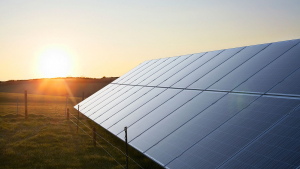
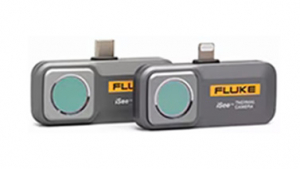
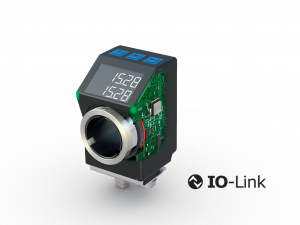
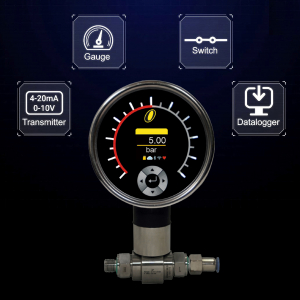







Write a comment
No comments